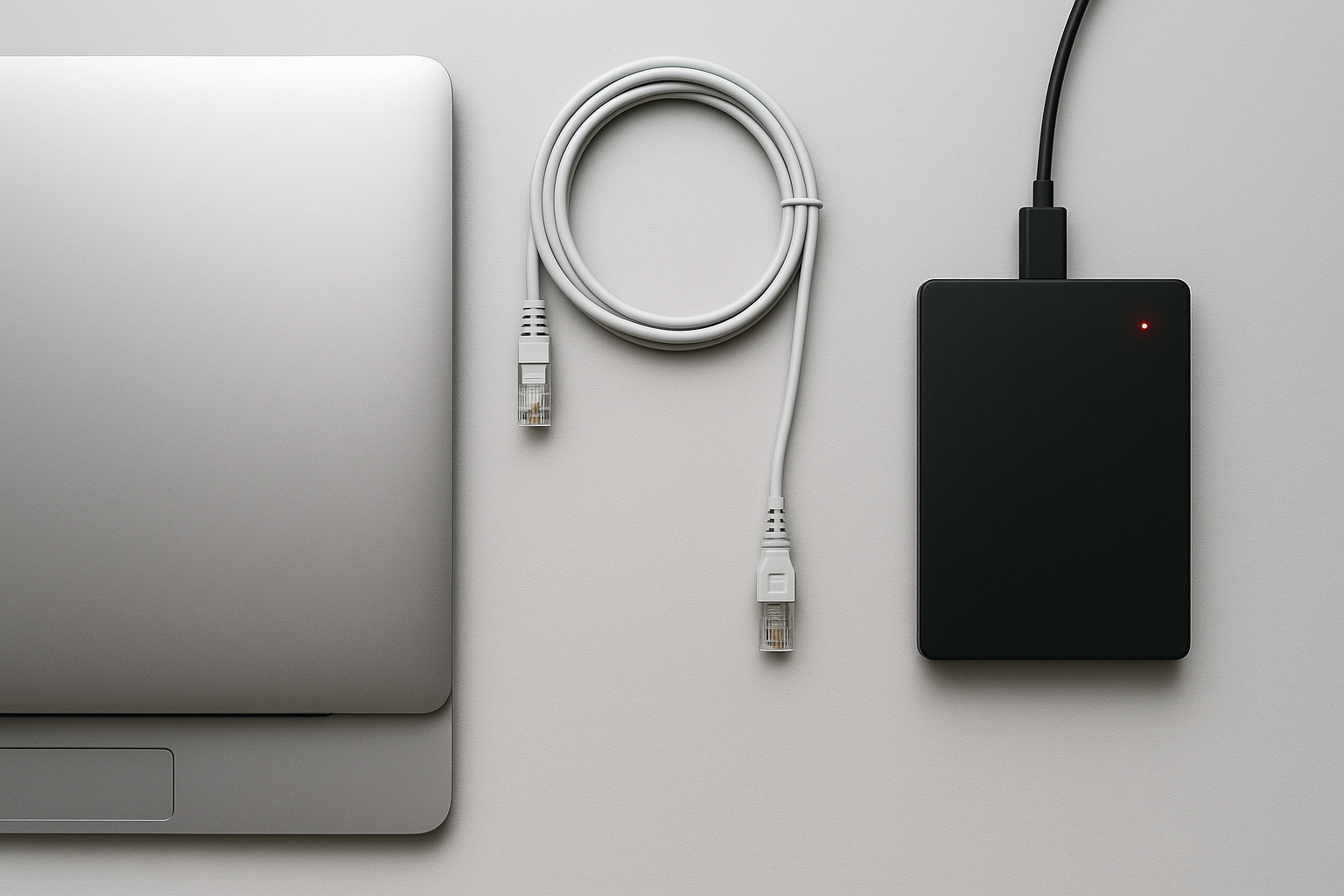
Global businesses constantly face the challenge of transferring files securely and efficiently. Mishandling data can lead to significant operational disruptions and security threats. Streamlined solutions are essential for maintaining smooth cross-border communications.
When you’re managing a business with international ties, the need to send files across borders becomes a routine yet crucial task. The process is not just about hitting the send button; it involves navigating various challenges that can affect the speed, security, and integrity of your data. Companies must ensure that their chosen methods not only meet compliance standards but also foster reliable communications. Understanding the complexities involved in international file transfers is vital for any business looking to expand its reach and maintain robust operations globally.
Importance of efficient file transfer
Efficient file transfer is a cornerstone of successful global business operations. It allows for the seamless exchange of critical information that supports decision-making, project management, and collaboration across time zones. Delays or failures in transferring files can disrupt workflows, leading to missed opportunities and financial losses. This efficiency is not merely about speed but encompasses the reliability and security of each transaction.
Secure and efficient file transfers build trust between business partners. When your stakeholders know they can rely on you to handle sensitive data with care, it strengthens relationships and fosters a collaborative spirit. The global nature of business today demands an approach that minimizes risks and maximizes reliability. Companies that fail to prioritize efficient file transfer methods may find themselves at a competitive disadvantage.
Incorporating advanced technologies like encryption and secure cloud services has become essential for businesses to stay ahead. These tools ensure that sensitive information remains confidential, while also enhancing operational efficiency. By implementing such strategies, businesses not only protect their interests but also enhance their overall productivity.
Secure file sending methods
Navigating the array of options for secure file transfers can be daunting, but understanding these options is key to selecting the best method for your needs. Secure file transfer protocols (SFTPs) offer encrypted pathways that prevent unauthorized access during transmission. This level of security is crucial when dealing with sensitive documents that require utmost confidentiality.
Cloud-based platforms have revolutionized how companies manage their data exchanges internationally. They provide scalable storage solutions with built-in encryption features, making them an attractive choice for businesses seeking flexibility and security. These platforms also allow for real-time collaboration, which is essential for projects involving multiple stakeholders across different countries.
For those needing even greater speed, UDP acceleration technology provides an efficient way to send large files swiftly without compromising security. This method optimizes data transfer rates by minimizing latency and packet loss, making it ideal for industries where time is of the essence.
Tips for successful global data exchange
Ensuring successful global data exchange involves more than selecting the right technology; it requires strategic planning and consistent practices. Regularly updating your software to protect against vulnerabilities is a fundamental step in maintaining secure communications. Investing in employee training on best practices for data handling can further reduce risks associated with human error.
Establishing clear protocols for file naming conventions and documentation can also enhance efficiency by preventing confusion during exchanges. Consistency in these areas ensures that all parties involved understand how to access and utilize shared information effectively. These practices contribute to smoother operations and faster decision-making processes.
Conducting regular audits on your data transfer systems helps identify potential weak points before they become problematic. By proactively managing these aspects, businesses can avoid costly disruptions and maintain a seamless flow of information across borders.
Benefits of reliable file transfer
The benefits of implementing reliable methods for international file transfers extend beyond mere convenience; they significantly impact overall business productivity and collaboration. When you have confidence in your data exchange processes, you can focus on core activities without worrying about potential disruptions or security breaches.
A streamlined approach to file transfers enhances communication between teams spread across different geographical locations. This fosters innovation as teams can collaborate more freely and efficiently without being hampered by technical barriers or delays.
The ability to quickly adapt to changing market demands relies heavily on having robust systems in place for global data exchange. By utilizing reliable methods, businesses are better positioned to respond swiftly to new opportunities, ensuring they remain competitive in an ever-evolving landscape.

